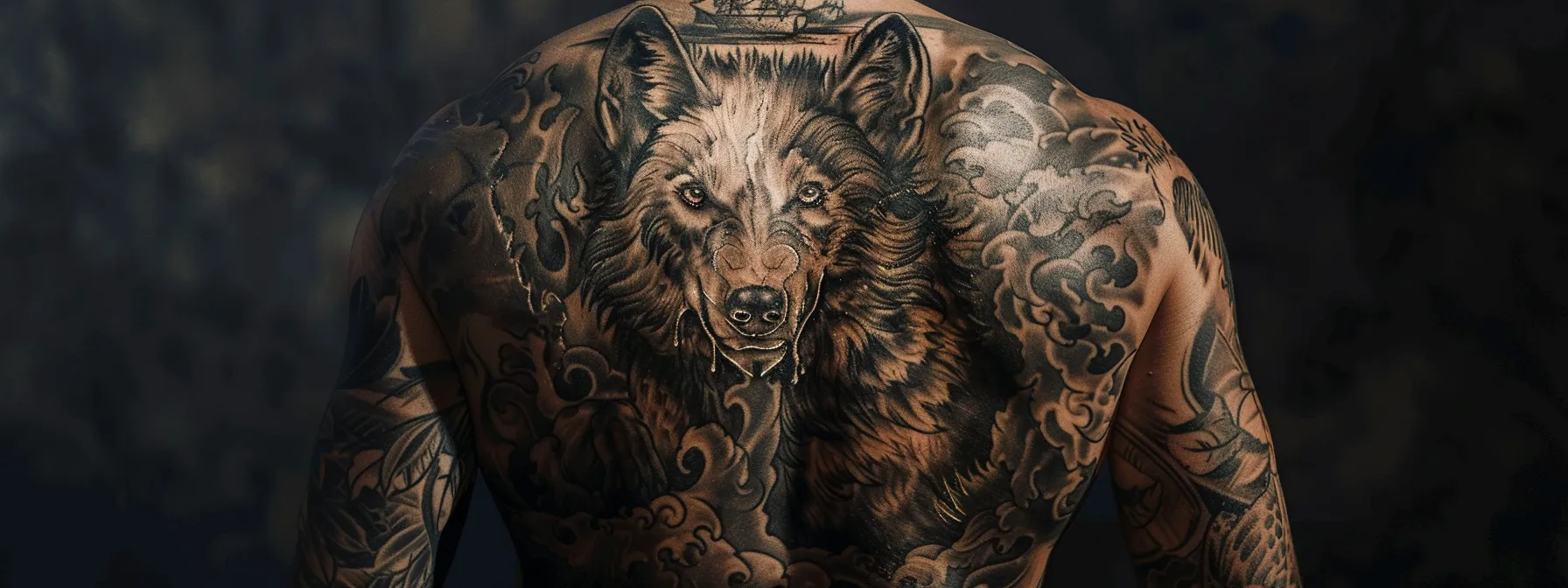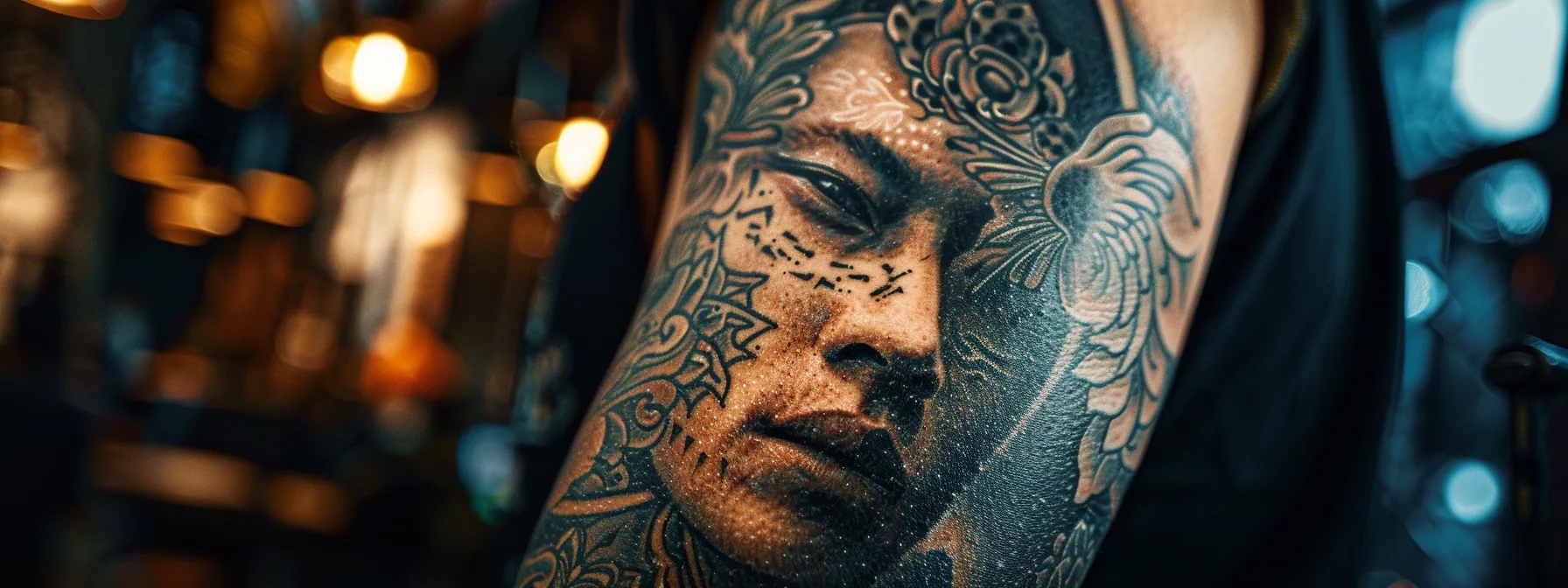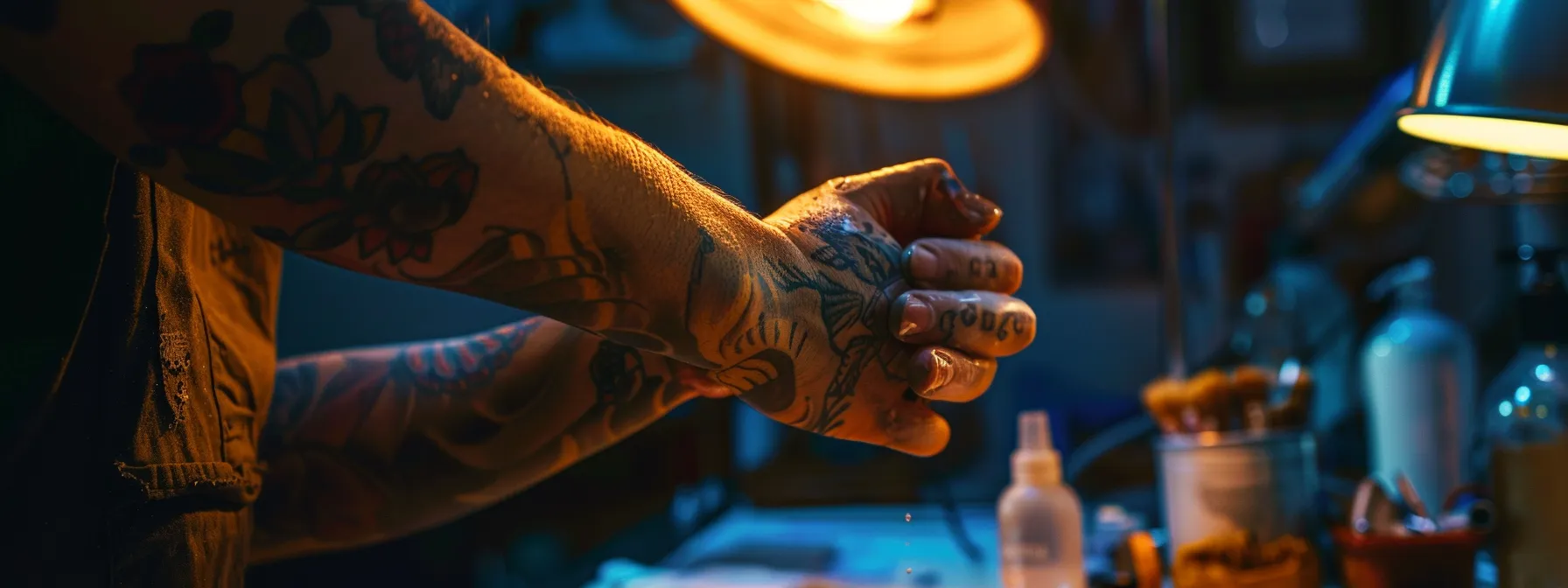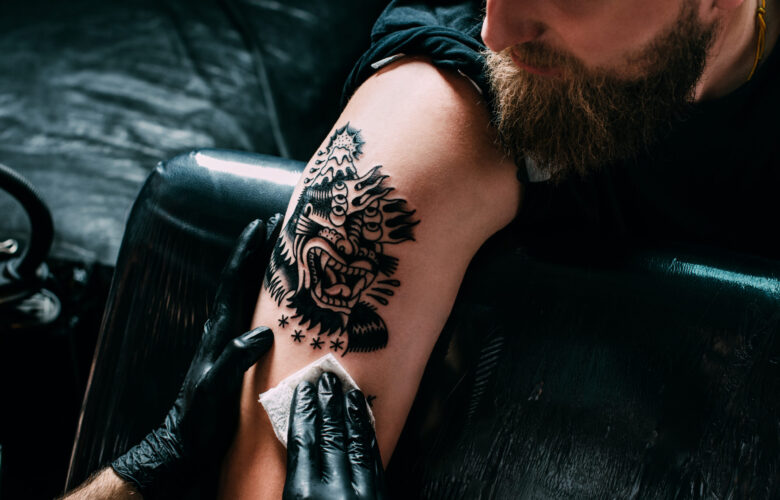Realistic Tattoo Trends
Once seen as a fringe art form, tattoos have gained the limelight of mainstream culture, with realistic tattoos leading the charge. This trend towards hyperrealism in tattooing presents a shift in the way individuals choose to express themselves through body art. Artists are now capable of creating astonishing pieces that blur the lines between art and reality, often resulting in breathtaking imagery that is both personal and profound. In this article, we’ll dive into the world of realistic tattoos, exploring the artistry, techniques, and care that make this style stand out.
The Rise of Hyperrealistic Tattoos in Modern Body Art

Hyperrealistic tattoos have become the pinnacle of modern body art, reflecting a remarkable level of detail and shading that rivals photographs and fine art. These tattoos are crafted with meticulous precision, often requiring many hours of painstaking work. Artists must have an exceptional understanding of light, shadow, and texture to simulate the appearance of three-dimensionality on the skin.
Not only do these tattoos demonstrate the technical prowess of the artists, but they also speak to the individuality of the wearer. Each piece is a conversation starter, often evoking powerful emotions and reactions from onlookers and signaling a move towards a more personalized, fine art approach to tattooing.
Exploring the Popularity of Black and Grey Realism in Tattoo Culture

Black and grey realism has carved its niche within the tattoo community, renowned for its timeless aesthetic and capacity to express depth without the need for color. This style draws from a rich history that dates to the Chicanos of East LA, where resourcefulness gave rise to an iconic monochromatic palette. Today, black and grey remain a popular choice due to their elegant subtlety and the way they age on the skin.
From evocative portraits to atmospheric landscapes, artists create masterful gradations and contrasts using only black ink diluted in various shades of grey. This monochrome approach lends a classic, almost haunting beauty to the designs and emphasizes the emotional gravity of the subjects depicted.
On the Skin Canvas: How Portrait Tattoos Capture Lifelike Detail

Portrait tattoos are perhaps the truest test of a tattoo artist’s ability to capture realism. These works of art require the replication of minute details to convey the essence of the subject. They can immortalize loved ones, icons, or even beloved pets with an astounding detail that makes the skin appear as if it’s a photograph.
The growing demand for portrait tattoos has seen an increase in specialized realism tattoo artists who dedicate their craft to perfecting this challenging style. They understand the nuances of human features and know how to translate them onto the moving, breathing medium of skin.
Nurturing Longevity: Aftercare Tips for Maintaining Realistic Tattoos

Aftercare is vital for preserving the intricate details of realistic tattoos. Immediately following the tattooing process, proper healing is crucial to avoid any blurring or fading that can diminish the lifelike quality of the work. It is imperative to follow the artist’s aftercare instructions, which typically include keeping the tattoo clean and moisturized.
Long-term care involves protecting the tattoo from sun exposure, as UV rays can dramatically fade the pigment over time. High-quality sunscreen should be applied whenever the tattoo will be exposed to sunlight, even if it’s just for a short period. Regular moisturizing can also keep the skin supple and the lines of the tattoo sharp.
Altogether, realistic tattoos reflect an art form that continues to evolve and amaze. With their lifelike detail, emotional depth, and creative potential, they offer a limitless canvas for self-expression. Whether through black and grey shades, portrait realism, mixed media compositions, or any other iteration, these tattoos have secured a venerable place in the world of modern artistry. Overall, it is the dedication to aftercare that will preserve these masterpieces for a lifetime, sustaining the connection between artist, canvas, and observer.

